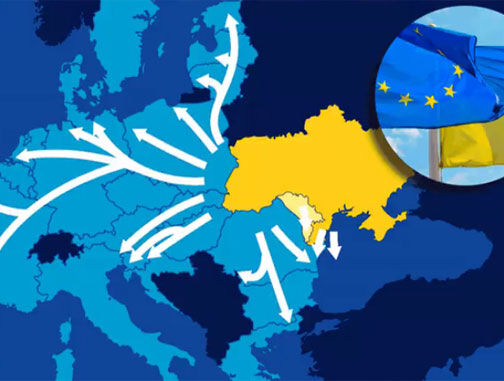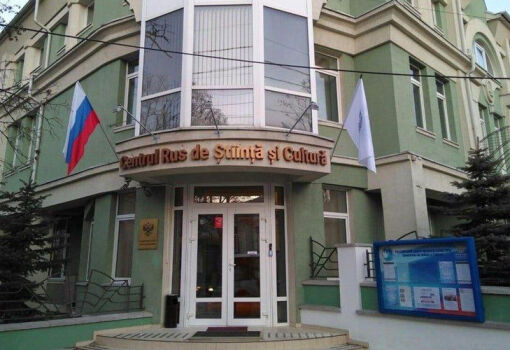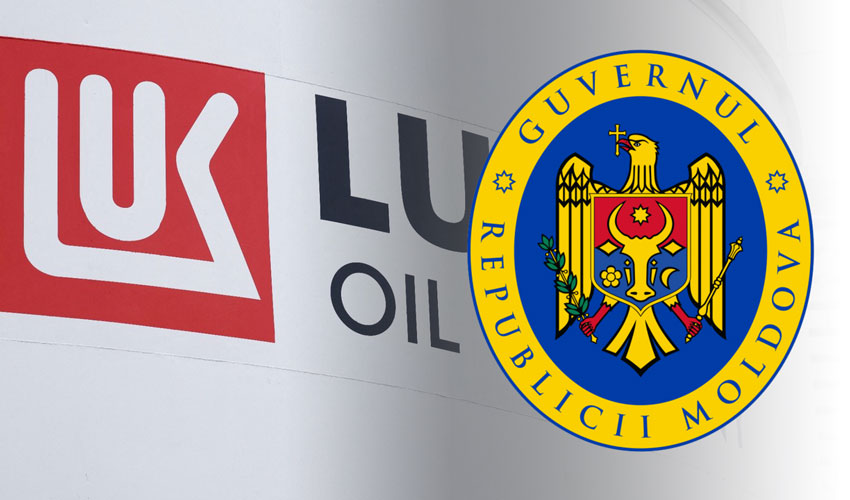
The idea is very simple: Moldova’s strategic position between Eastern and Western Europe gives it a competitive advantage to become the center of Ukraine’s reconstruction projects. According to the Moldovan authorities, Moldova benefits from its proximity to logistics chains, low production and transportation costs, and a workforce with similar cultural and contextual ties to Ukraine. And the achievements of the Solidarity Lines initiative could become an attractive basis for new investment projects.
At the same time, the European Union’s Solidarity Lines initiative has virtually come to naught. But for two years Brussels mobilized about 2 billion euros of investments for this project. Brussels saw it as the foundation of a new logistics and transportation system in Southeastern Europe.
In fact, the Solidarity Lines emerged as a kind of “road of life” for Ukraine. With the outbreak of a full-scale war in Ukraine and the blocking of sea export routes, the only option for Ukrainian agrarians to deliver food abroad and carry out international trade was through neighboring countries and ports on the Danube. But in the beginning, export and transit opportunities were insignificant, because the existing infrastructure was not designed for the volume of products that had to be exported from Ukraine.
But the EU’s efforts and investment of 2 billion euros did the trick. The European Commission coordinated the work of authorities and the transportation community in the EU, Ukraine and Moldova to remove administrative and infrastructure barriers and improve trade efficiency. An additional export route was provided by ports on the Danube River, which increased their own export capacity from 1 million tons per year before the war to 1 million tons per month during the war in 2022. Numerous projects were initiated in Moldova, Romania, Poland and other countries to increase rail and road transport capacity, modernize border crossing points, etc.
Nevertheless, the existing alternative export routes could not fully meet the export demand, and the transitional balances formed in Ukraine were growing. In July 2022, the “grain corridor” on cooperation with the UN, Turkey and the Russian Federation – a maritime route for the export of Ukrainian agro-products – was launched and operated until July 2023. In October 2023, its own maritime route for exporting products from Ukrainian ports of Greater Odessa was opened.
This led to a decrease in transit through neighboring countries and the fading of the Solidarity Lines initiative. In the last 6 months of 2024, the average monthly export volume through this route has decreased by 3.7 times compared to the peak and averaged 1 million tons of grains, oilseeds and processed products.
Nevertheless, thanks to the “Solidarity Lines” Ukraine exported 136 million tons of products, the Ukrainian economy received about 50 billion euros of income. And more than 52 million tons of basic goods such as fuel, vehicles, fertilizers, military and humanitarian aid were imported.
European Commissioner for Transport Adina Velian said that the reorganization of logistics routes in Eastern Europe through the Solidarity Lines ensured the economic stability of Ukraine and Moldova and helped avoid a global food crisis.
And now the authorities in Chisinau have decided that the experience of this initiative may come in handy when a large-scale flow of goods moves to rebuild Ukraine. The Moldovan government wants to take a direct part in this process. And it hopes, in particular, that inclusion in this work can reanimate the Moldovan Railroad once again.













